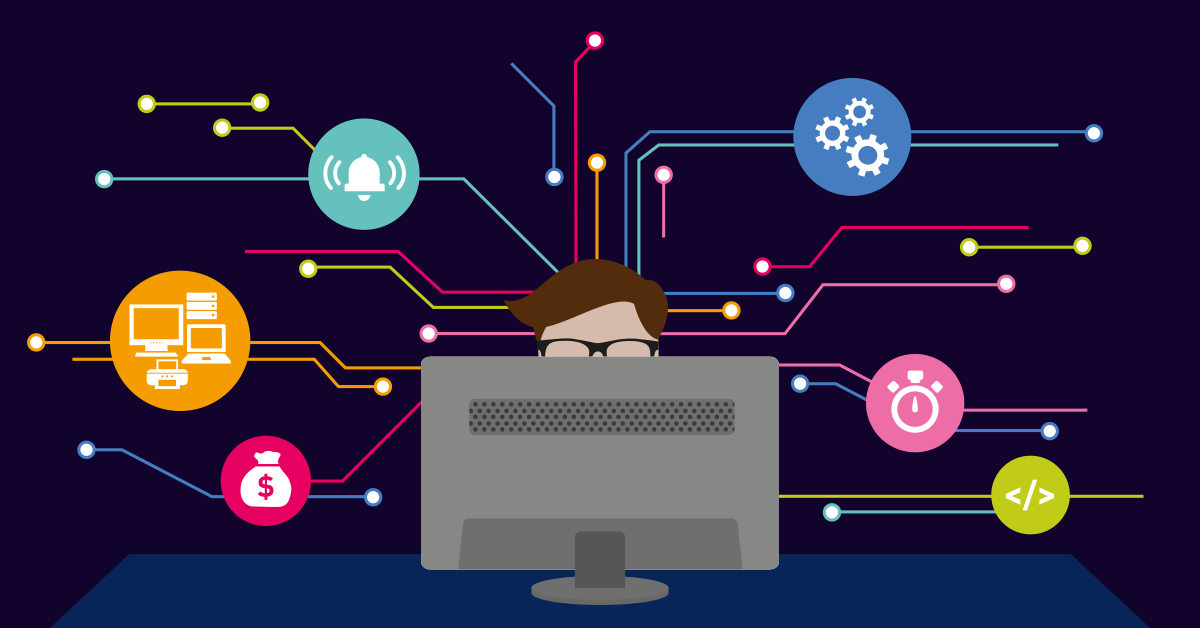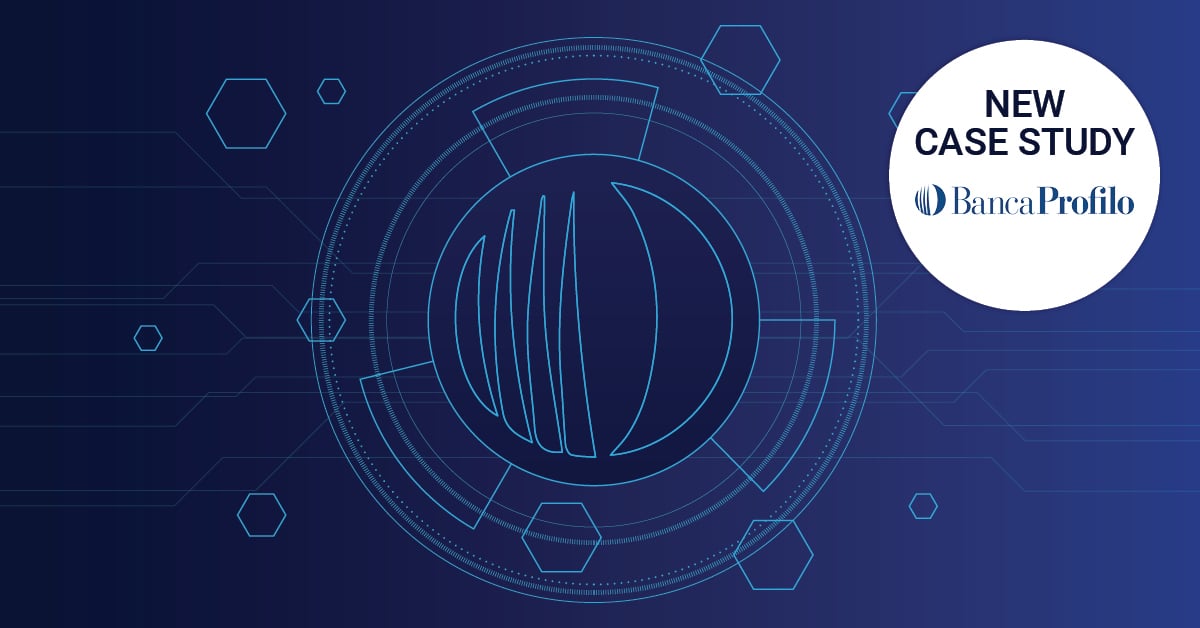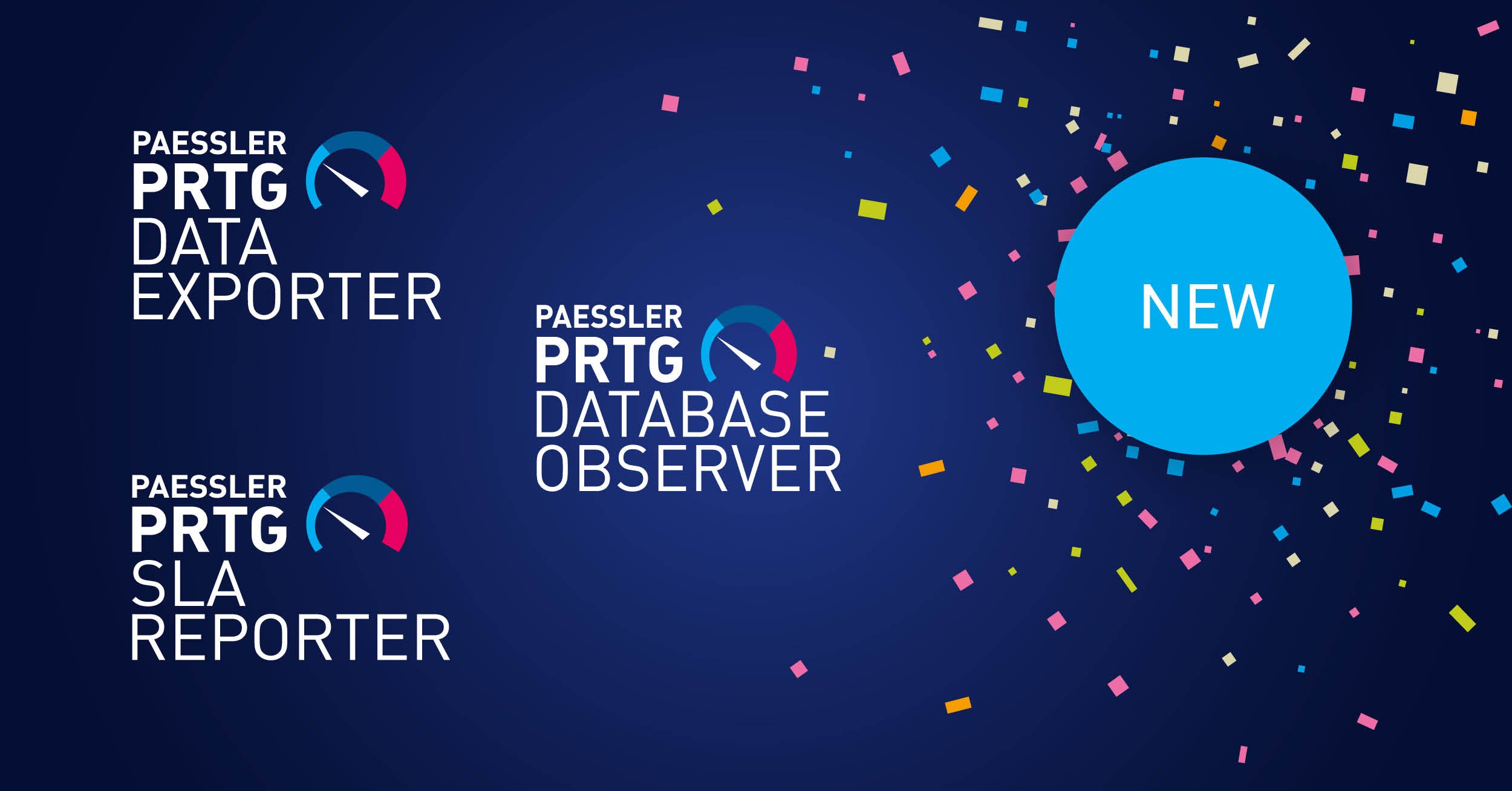In this article I'll write about the basics of a more than 30 year old protocol: SNMP!
There are always new generations of IT admins who are happy to start their profession with a simple introduction to a topic. This article is for you guys! 👍
👨🚀 The SNMP professionals are welcome to scroll to the end of this post and explore topics like "What You Must Know About Monitoring via MIB and OIDs" or "SNMP Doesn’t Work! Can Somebody Out There Please Help?!", which our colleague Martina has researched in great depth.
Here we go – What is SNMP?
Simple Network Management Protocol (SNMP) is an application layer protocol used to manage and monitor network devices and their functions. SNMP provides a common language for network devices to relay management information within single- and multi-vendor environments.
Today there are three versions of SNMP; the latest version includes security enhancements with encryption for SNMP messages to protect packages.
SNMP is supported by an extensive range of hardware, for example from networking equipment like routers, switches and wireless access points to endpoints like printers, scanners, power units, and IoT devices.
SNMP consists of:
-
SNMP manager
-
Managed devices
-
SNMP agent
-
Management Information Base (MIB)
The SNMP Manager’s key functions are:
- Querying agents
- Receiving responses from agents
- Setting variables in agents
- Acknowledging asynchronous events from agents
As mentioned before, within managed devices, we have the various networking devices, endpoint equipment, and IoT devices.
With the SNMP agent, we have the following key features:
- Collects information about its local environment
- Stores and retrieves information as defined in the MIB
- Signals an event to the manager
- Acts as a proxy for some non-SNMP manageable network nodes
Every SNMP agent maintains an information database describing the managed device parameters. The SNMP manager uses this database to request specific information from the agent and further translates the information as needed for the Network Management System (NMS).
This commonly shared definition between the agent and the manager is called Management Information Base, we call them MIBs. So, to put it simply, MIB files are the set of questions that an SNMP manager can ask the agent.
Why use SNMP?
Since today’s world is fixated a lot on network bandwidth, SNMP is the most commonly used method mainly because it is easy to set up and requires minimal bandwidth and CPU cycles. If your network devices support SNMP and/or if you want to monitor large networks with several hundreds or thousands of sensors, we recommend that you start with SNMP.
Besides network usage monitoring, another well-known feature of SNMP is the ability to also monitor other network parameters such as CPU load, disk usage, temperature, as well as many other readings, depending on the queried device.
So, as you see, SNMP is a very important protocol if you need to monitor and manage your infrastructure - and PRTG Network Monitor can be the monitoring software of your choice!
And now some tips for the SNMP experts
- SNMP. A Pillar In IT: What You Must Know About Its Versions and FCAPS
- SNMP Explained: What You Must Know About Monitoring via MIB and OIDs
- If You Use SNMP a Lot and Don't Know What SMI Is, Then Read This!
- SNMP Doesn’t Work! Can Somebody Out There Please Help?!
- How to Enable SNMP on Your Operating System
 Published by
Published by 



.jpg)








